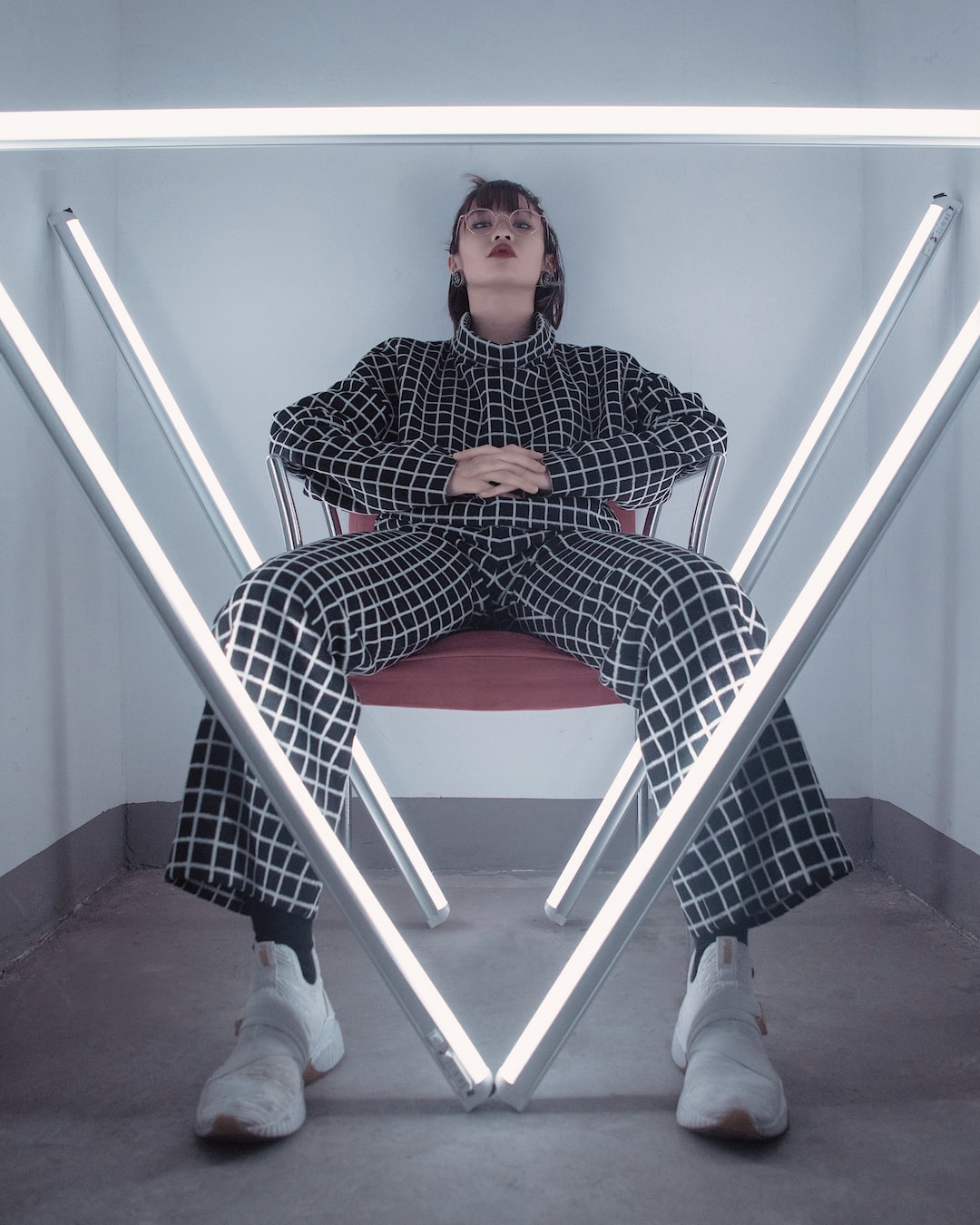The fashion industry has long been known for its ability to both influence and reflect cultural norms. In recent years, there has been a noticeable shift towards gender-neutral fashion, breaking traditional norms and challenging the binary constructs that have dominated the industry for decades.
Gender-neutral fashion can be seen as a rebellion against the long-standing notion that clothing should be strictly categorized into either male or female. It is an acknowledgment of the fluidity and diversity of gender identities, embracing a more inclusive approach to personal style. This rise in popularity can be attributed to a number of factors.
Firstly, society has become more accepting and understanding of various gender identities. The LGBTQ+ community and its allies have fought tirelessly for equality and visibility, making significant strides in promoting inclusivity. As a result, people feel more comfortable expressing themselves beyond traditional gender boundaries, including in the realm of fashion.
Secondly, social media has played a significant role in the rise of gender-neutral fashion. Platforms like Instagram and TikTok have provided a space for individuals to express their unique style and connect with like-minded individuals. Influencers and celebrities who challenge traditional gender norms by embracing gender-neutral fashion have attracted large followings, thereby giving visibility and validation to those seeking alternative fashion choices.
Moreover, the breaking down of traditional norms in fashion is not a new concept. Throughout history, there have been examples of individuals who defied societal expectations and created their own style, blurring the lines of gender-based fashion. Icons like David Bowie, Annie Lennox, and Prince challenged traditional masculinity and femininity, inspiring a generation to reject rigidity in their personal style.
The rejection of gender norms in fashion is not limited to celebrities or influencers; it has permeated mainstream fashion as well. High-end fashion houses like Gucci, Burberry, and Saint Laurent have incorporated gender-neutral elements in their collections. They have done away with strict silhouettes and stereotypical gender associations, opting for more fluid, unisex designs.
Additionally, many emerging designers are actively pushing for gender-neutral fashion. They understand that clothing is a form of self-expression and believe in the power of fashion to break down societal barriers. By designing garments that can be worn by anyone, regardless of their gender identity, they challenge the binary narratives that have long dominated the industry.
However, the rise of gender-neutral fashion does not mean the death of traditional fashion. It simply offers an alternative for those who want to break free from the constraints of gender-based clothing. Traditional fashion will always have its place, as it holds cultural and historical significance. The key is to have an inclusive space where both traditional and gender-neutral fashion can coexist harmoniously.
One of the positive outcomes of gender-neutral fashion is its potential to contribute to a more sustainable fashion industry. By embracing gender-neutral garments, people are more likely to invest in pieces that are timeless and can be worn by anyone. This shift away from fast fashion, which promotes disposable clothing and encourages excessive consumption, can lead to a more conscious and environmentally friendly approach to fashion.
In conclusion, the rise of gender-neutral fashion represents a significant step towards a more inclusive and diverse fashion industry. It challenges traditional norms, disrupts binary constructs, and embraces the fluidity of gender identities. As society becomes more accepting and understanding, the fashion industry must adapt and evolve to cater to the desires and needs of its consumers. This shift not only promotes self-expression and individuality but also paves the way for a more sustainable and inclusive future in fashion.


